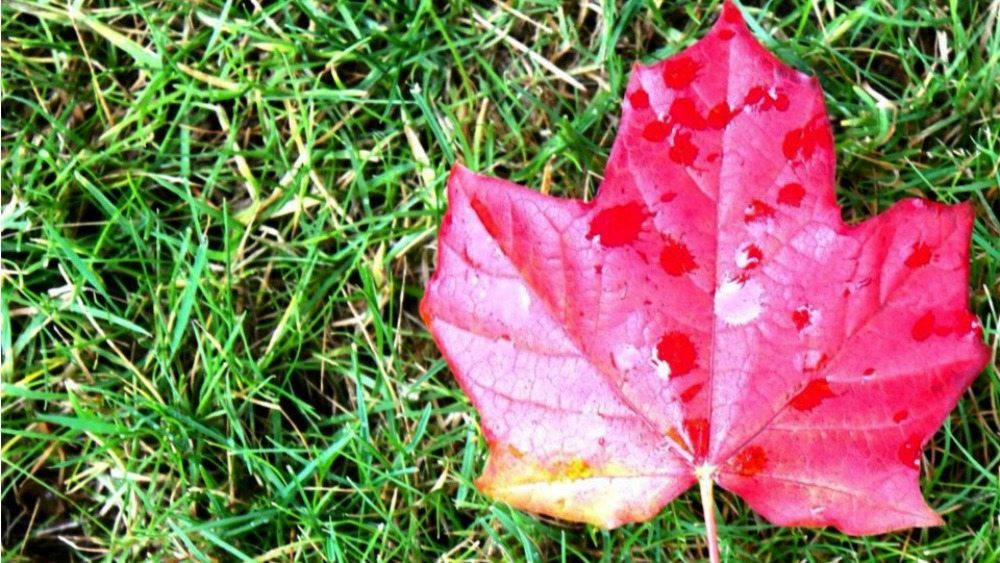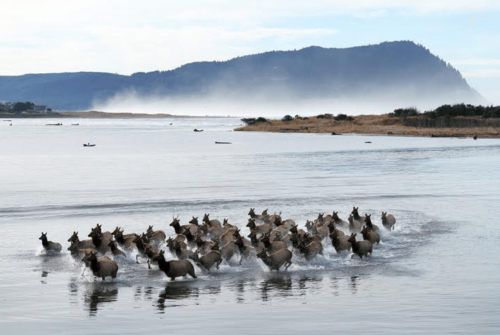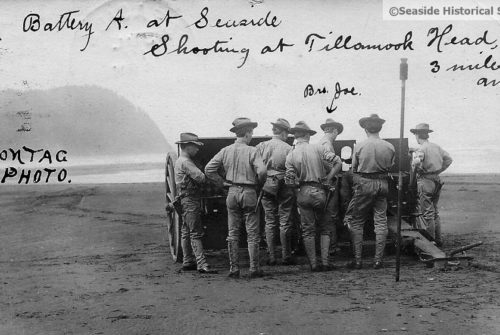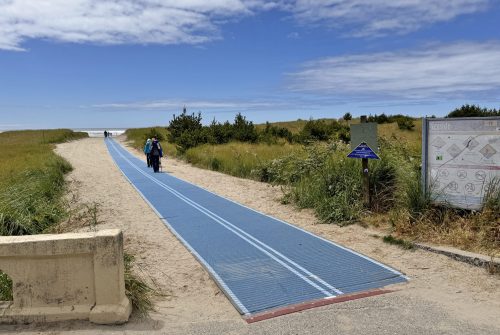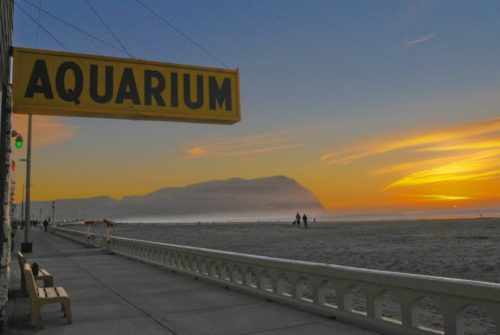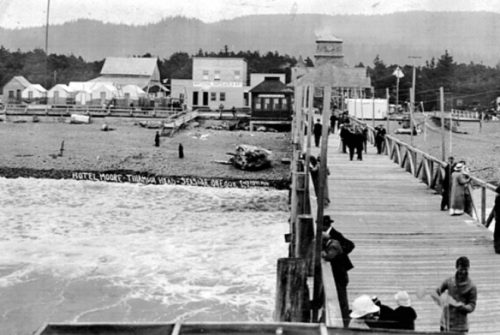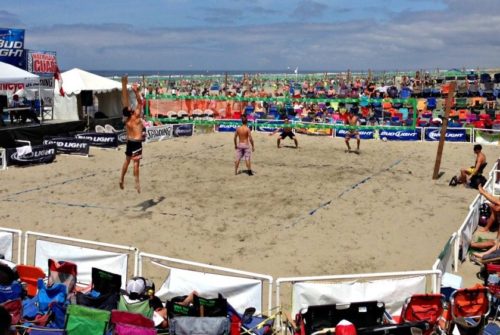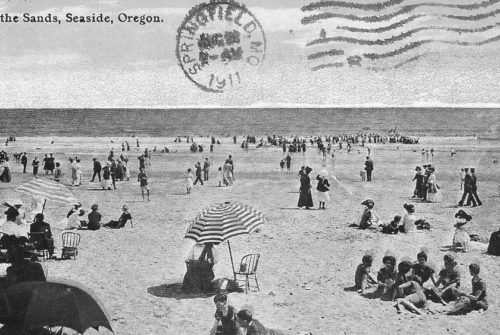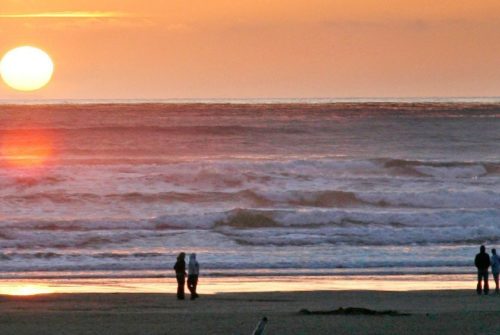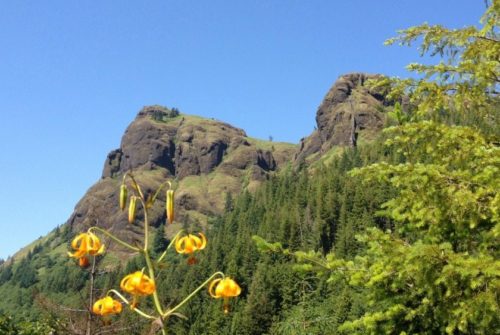I have lived in the Seaside area for over 33 years and one of the things I relish the most is its charm and natural beauty. From its measureless ocean to its abundant rivers and streams, it’s a great place to work, relax, and play.
We are blessed to live where the Neacoxie Creek cuts through our backyard and where the wildlife (Canadian geese, mallard ducks, deer, beavers, and more) flourish and thrive. However, this morning I discovered yet another watery oasis less than one and a half miles from our home, Seaside’s Thompson Creek.
Thompson Creek is one of thirty nine properties managed by the North Coast Land Conservancy Trust whose Stewardship Director is Celeste Coulter. Although most land trusts are focused on either acquiring land or placing land under conservation easement, the NCLC Trust has put more emphasis on acquiring land since that seems to work better here on the north Oregon coast.
Because of that emphasis, NCLC Trust owns about 1200 acres of land. Although habitat restoration is not usually a primary focus by NCLC, Thompson Creek (80 acres) is one of its exceptions.
NCLC has learned that even though it may attain land that has been altered through human disturbance, it does not necessarily mean that a heavy handed approach is needed to restore the ecological functions of the system. By patiently waiting, the land stewards observe the ways in which the wildlife plants still thrive in a disturbed ecosystem. This helps them to make informed choices about the best way to safeguard the land.
For instance, when the property of Thompson Creek was first acquired, the water slowed down to a trickle in the summertime due to the lack of water storage. Invasive plant thickets of blackberry and reed canarygrass were prolific. Many folks suggested that NCLC move the creek back to its historic channel and dig out the invasive plants.
However, NCLC decided the best approach was to stand back and watch the land’s natural progression. A good thing, too, because a resident colony of beavers moved in and built a series of dams along the creek. Now water storage is plentiful and the blackberries are dying thanks to the beavers. NCLC encourages the beavers by planting their favorite food. Beavers love willows and alder and eat the cambium just inside the bark. They will even eat blackberry canes by holding one with its front feet and eating it like corn-on-the-cob.
The beavers are just one example of nature’s way of helping the ecosystem. Last week while traveling along one of the back roads of Seaside, I stopped to let a herd of at least 35 elk cross the street in front of me. Thanks to the North Coast Land Conservancy Trust and others like them, Seaside is a magnificent coastal wonder.
